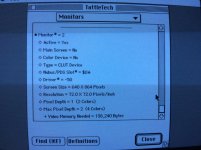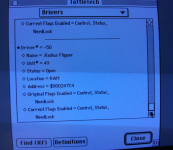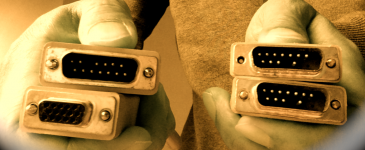9166188
Well-known member
I cannot think otherwise but admire your generosity in offering help! Had I live in the US, I would send over the card right away (sadly I am from a continent across the Pacific ocean that was separated from America many many millions years ago). But I will try to get a VGA-to-Mac adaptor to do some hitting the wall experiments (fyi I have been using a hardwired apple2vga cable). Is it what the discussion in your workup link was about? I am not technical enough to understand well so I am assuming those letter labels are equivalents to the dips in a VGA-to-Mac adaptor. :b&w:De nada, but I'm not really a technical expert. We've got those and that gang knows how to use a sillysclope or a at least a good multimeter. Ohm's law gives me a headache, so I look at it like electron plumbing. I'm just an amateur student of Paleolithic computer architectures to keep the noggin a churnin' and the creative juices flowing.
I feel your pain though, this is incredibly frustrating just to watch. Thanks to mj, I now have a working SE/30, so If someone wants to send me their board I can do a methodical workup on it as I did for the RCPII/IIsi back when we didn't know much of anything about it. The tools for simple stuff like that I've got.
Last edited by a moderator:





